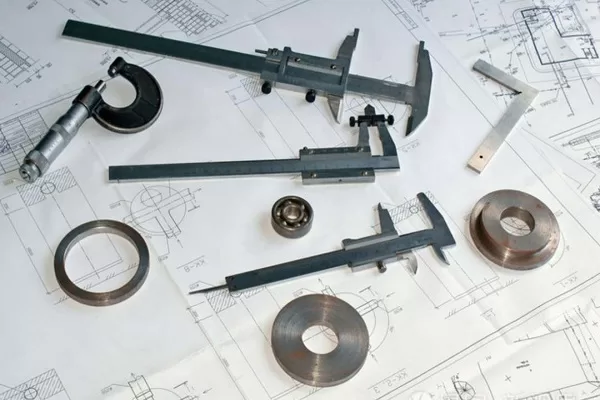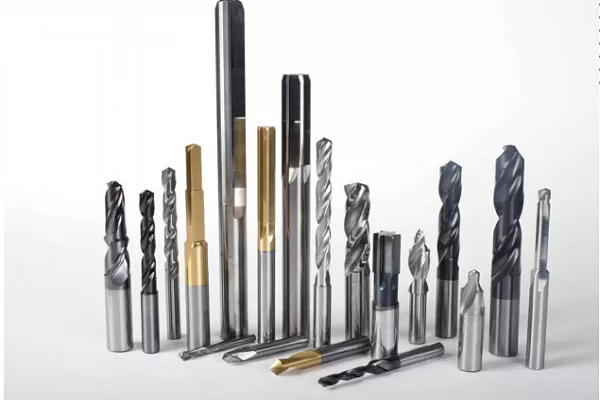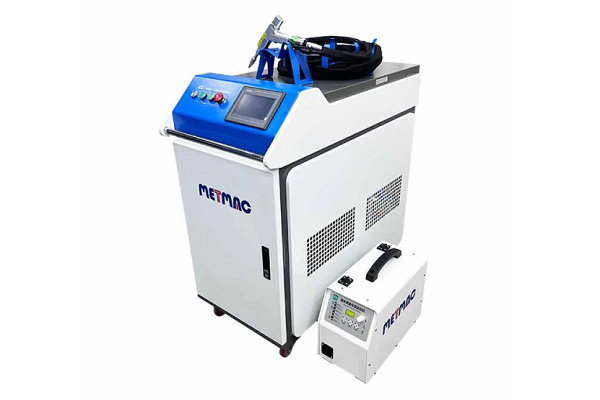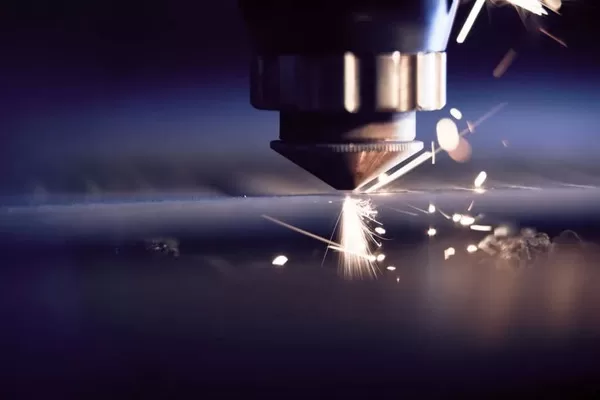
Efficiency at the Fold- Optimizing Sheet Metal Press Brake Operations
- By:Metmac
- 2024-04-28
- 94
In the realm of sheet metal fabrication, efficiency is paramount. Press brakes, an indispensable tool for shaping metal sheets, play a pivotal role in determining the overall productivity and cost-effectiveness of the manufacturing process. Efficiency at the Fold: Optimizing Sheet Metal Press Brake Operations delves into the intricacies of optimizing press brake operations, providing a comprehensive guide to maximizing efficiency and minimizing downtime.
Precision Tooling and Setup
Accurate tooling is the cornerstone of efficient press braking. The use of sharp, well-maintained punches and dies ensures clean bends without burrs or distortions. Proper setup is equally crucial, involving precise alignment of the workpiece with the bending tool and the correct selection of tooling tonnage to prevent over- or under-bending.
Material Selection and Optimization
Understanding the properties of the sheet metal being formed is essential. Material thickness, temper, and grain direction all impact the bending process. By choosing the optimal material grade and orientation, manufacturers can achieve the desired bends while minimizing springback or cracking.
Bend Sequencing and Clamping
Establishing an optimal bend sequence can significantly reduce setup times. Grouping bends that can be performed with the same tooling setup or that require minimal re-positioning eliminates unnecessary tool changes and delays. Proper clamping techniques also contribute to efficiency by securing the workpiece in place during the bending process, preventing slippage or distortion.
Automation and Technology
Leveraging automation and advanced technology can dramatically enhance press brake efficiency. Automated tool changers and part loaders reduce manual labor and increase throughput. Bending angle sensors provide real-time feedback, ensuring accurate and consistent bends. Modern press brakes often feature computer numerical control (CNC) systems, enabling precise control over bending parameters and reducing setup time.
Operator Training and Optimization
Skilled operators are pivotal to achieving optimal press brake efficiency. Proper training ensures that operators understand the machine’s capabilities, safety protocols, and best practices. Ongoing optimization efforts, such as regular machine audits and process improvement initiatives, can further enhance operational efficiency and reduce downtime.
Conclusion
Efficiency at the Fold: Optimizing Sheet Metal Press Brake Operations empowers manufacturers with the knowledge and tools to maximize the efficiency of their press brake operations. By meticulous attention to tooling, material selection, bend sequencing, automation, and operator training, businesses can dramatically reduce setup times, improve bending accuracy, increase throughput, and minimize production costs. In an industry where efficiency is the competitive edge, this guide provides a roadmap to success.
-
The Advantages of Using a Sheet Roll Forming Machine in Manufacturing
2024/09/14 -
How to Optimize Your Laser Sheet Cutting Machine for Maximum Performance
2024/09/12 -
How to Maximize Efficiency with Modern Sheet Metal Working Machines
2024/09/04 -
The Environmental Benefits of Using Duct Board Grooving Machines
2024/09/03
-
A Guide to the Latest Innovations in Sheet Metal Folding Machines
2024/11/29 -
Key Features to Consider When Investing in a Sheet Metal Folding Machine
2024/11/28 -
Enhancing Precision with Advanced Sheet Metal Folding Machines
2024/11/27 -
How to Choose the Right Sheet Metal Folding Machine for Your Workshop
2024/11/26



